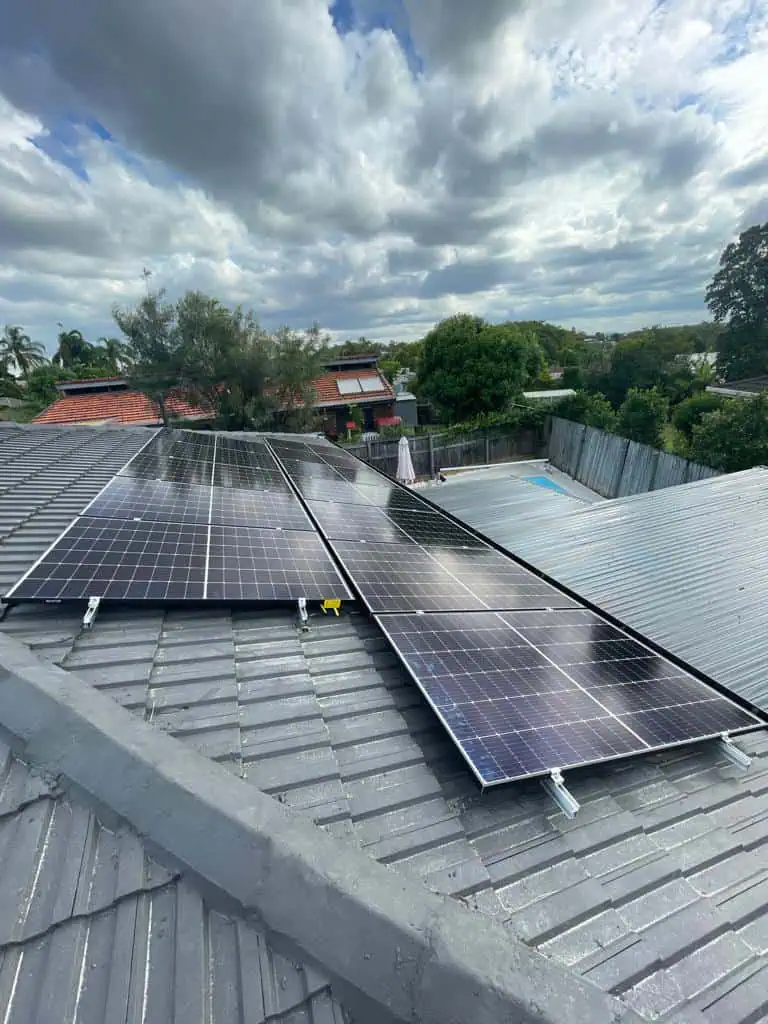In today’s competitive business landscape, controlling overheads is critical—and one of the biggest recurring expenses for Australian businesses is electricity. Whether you run a manufacturing facility, retail outlet, office building, or warehouse, energy costs can eat into profits significantly.
That’s why more and more Australian businesses are turning to commercial solar installation as a reliable way to cut operating costs, increase energy independence, and improve sustainability—all at once.
Let’s explore how commercial solar can help your business save money, operate more efficiently, and gain a competitive edge in the Australian market.
1. Immediate Reduction in Electricity Bills
One of the most obvious benefits of commercial solar installation is the drastic reduction in energy bills. With a well-sized solar system, your business can generate a significant portion—or even all—of the electricity it needs during daylight hours.
How much can you save?
- Most commercial installations reduce power bills by 30–70%
- Businesses operating during the day (e.g., factories, retail shops, offices) benefit the most
- Excess energy can be exported to the grid for feed-in tariff credits, further lowering net costs
The larger your system and daytime usage, the bigger your savings.
2. Protection Against Rising Energy Prices
Australia has experienced significant volatility in electricity prices in recent years, especially for commercial and industrial consumers. By generating your own electricity on-site, your business can:
- Shield itself from future price hikes
- Stabilise long-term energy costs
- Improve forecasting accuracy and cash flow management
Solar power provides predictable pricing and reduces dependence on utility companies, allowing you to take control of one of your biggest overheads.
3. Accelerated Return on Investment (ROI)
Thanks to a combination of high solar performance, rising electricity rates, and government incentives, the payback period for commercial solar in Australia is shorter than ever.
- Typical ROI: 10–20% annually
- Most systems pay for themselves in 3 to 6 years
- After that, your business benefits from free electricity for 20+ more years
With warranties ranging from 10 to 25 years, solar becomes a long-term asset that generates consistent savings.
4. Take Advantage of Government Incentives
Australia offers attractive federal and state-level incentives for commercial solar projects, including:
- Small-Scale Technology Certificates (STCs) for systems under 100kW
- Large-Scale Generation Certificates (LGCs) for systems above 100kW
- Accelerated depreciation under the Instant Asset Write-Off or Temporary Full Expensing schemes
- State-level grants and rebates (e.g., in NSW, VIC, QLD, SA)
These programs can reduce your upfront investment by 30–50%, significantly improving the financial viability of your solar project.
5. Improve Your Business’s Environmental Profile
Sustainability isn’t just good PR—it’s a business advantage. Consumers, investors, and corporate partners increasingly expect businesses to operate responsibly.
Installing solar helps your business:
- Reduce carbon emissions and environmental impact
- Meet corporate sustainability goals or reporting obligations
- Earn certifications like NABERS or Green Star ratings
- Appeal to eco-conscious clients and partners
For many companies, solar power is part of a broader ESG strategy—and a step toward net-zero emissions.
6. Boost Brand Reputation and Market Appeal
A commercial solar installation is more than a behind-the-scenes upgrade. It’s a visible commitment to sustainability that resonates with today’s market.
- Publicly demonstrate leadership in clean energy
- Attract environmentally-conscious customers and investors
- Strengthen employee engagement with greener operations
In a world where perception matters, your solar panels can become a powerful branding tool.
7. Energy Security with Battery Storage
Pairing your commercial solar system with battery storage gives your business:
- Protection from blackouts and grid instability
- Better load management and energy usage control
- Access to stored power during peak tariff periods
This makes your operations more resilient and your savings more consistent—even during grid outages or peak demand charges.
8. Make Use of Underutilised Space
Commercial buildings typically have large rooftops, car parks, or open land that sit idle. Solar turns these into revenue-generating assets:
- Rooftop installations make use of unused roof space
- Solar carports generate energy and provide shade
- Ground-mount systems work for larger properties or campuses
You don’t need to disrupt operations to benefit—solar can be installed with minimal interference.
9. Low Maintenance and Long Lifespan
Modern commercial solar systems are built to last. With no moving parts and durable, weather-resistant panels:
- Maintenance is minimal (usually once or twice a year)
- Inverters may need replacement after 10–15 years
- Performance monitoring can be done remotely in real time
Once installed, the system reliably generates clean energy for 25+ years.
Final Thoughts: Solar Is Smart Business
Commercial solar installation isn’t just about reducing energy bills—it’s about future-proofing your operations, gaining energy independence, and boosting your bottom line.
For Australian businesses, solar is more affordable and accessible than ever. With government support, excellent solar potential, and rising energy costs, there’s never been a better time to invest.
The Cost-Effective Rise of Solar Power in Australia: Rooftop to Utility-Scale
Rooftop Solar + Advanced Tech = Long-Term Energy Savings for Your Home




